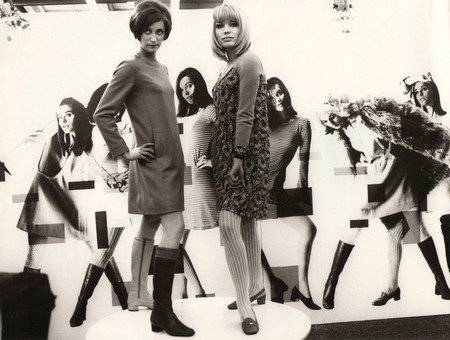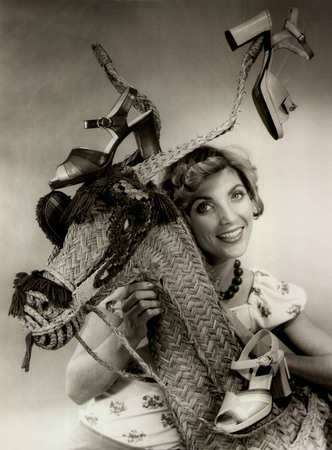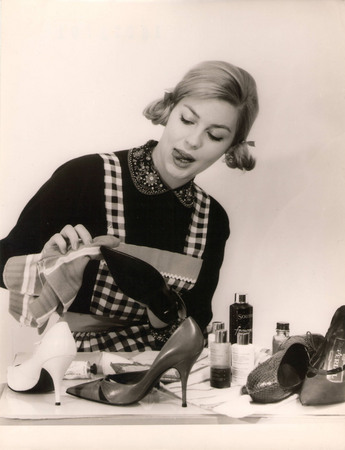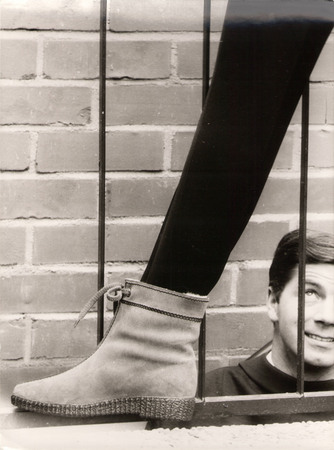Surrealist of fashion. 1950—1970s




Hans Förster-Heintzel. Game with the models. 1950–1970s. Anatoly Zlobovsky collection, Moscow
Hans Förster-Heintzel. Sketch with shoes and a straw deer. 1950–1970s. Anatoly Zlobovsky collection, Moscow
Hans Förster-Heintzel. Love of shoes. 1950–1970s. Anatoly Zlobovsky collection, Moscow
Hans Förster-Heintzel. Voyeur. 1950–1970s. Anatoly Zlobovsky collection, Moscow
Moscow, 28.03.2009—26.04.2009
exhibition is over
Moscow Museum of Modern Art
Petrovka St., 25
Share with friends
Curator: Anatoly Zlobovski, Alexey Loguinov
Collection Anatoly Zlobovski, Moscow
Supported by Société Générale Vostok Bank
For the press
German photographer Hans Forster-Heintzel was born before the outbreak of the Second World War. His childhood and youth coincided with key events in 20th-century German history. Hans Forster-Heintzel began taking photographs in the mid-1950s and spent almost his entire life in Frankfurt, where he opened a studio. In those days there were few options for a professional photographer: either studio portraits, press photography or applied photography including magazine commissions. From the very beginning of his career Hans Forster-Heintzel worked as advertising photographer for fashion journals or clothing, textile and footwear manufacturers. Fortunately the outset of his photography career saw a period of renewal in Germany: the economy took a sharp upturn, the hungry years became a thing of the past and the population yearned for a return to the good life. This was before fashion magazines began dictating the style used in photography and design work. But to attract work and stay in demand in the fashion industry you needed to be not only a highly-qualified professional with technical and printing skills, but also a master of scene-setting armed with good taste, a sense of humour and an understanding of the perceptual psychology of artistic representation.
In almost twenty years as a photographer Hans Forster-Heintzel produced more than 20,000 images. Much of his photographic legacy comes from commissions. Even when relaxing the photographer never parted with his camera, taking magnificent observational shots of life in his native Germany and beloved Italy. These series are remarkably consonant with the photographic observations of French colleagues Robert Doisneau and Henri Cartier-Bresson.
From the earliest years of his career Hans Forster-Heintzel devised his own creative style and photographic language, with subtle humour, literary parallels, the dramaturgy of everyday life and photographic experiments with space, objects and reflections. While using a rich variety of different techniques his oeuvre shows’Germanic’ restraint, laconism and precision, with nothing’superfluous’ or excessive.
Since Hans Forster-Heintzel’s last work dates from the 1970s he never lived to see the art market’s burgeoning interest in photography, and the events of the last world war kept German photography of the 1930s to 1970s in the shadows for many years.



